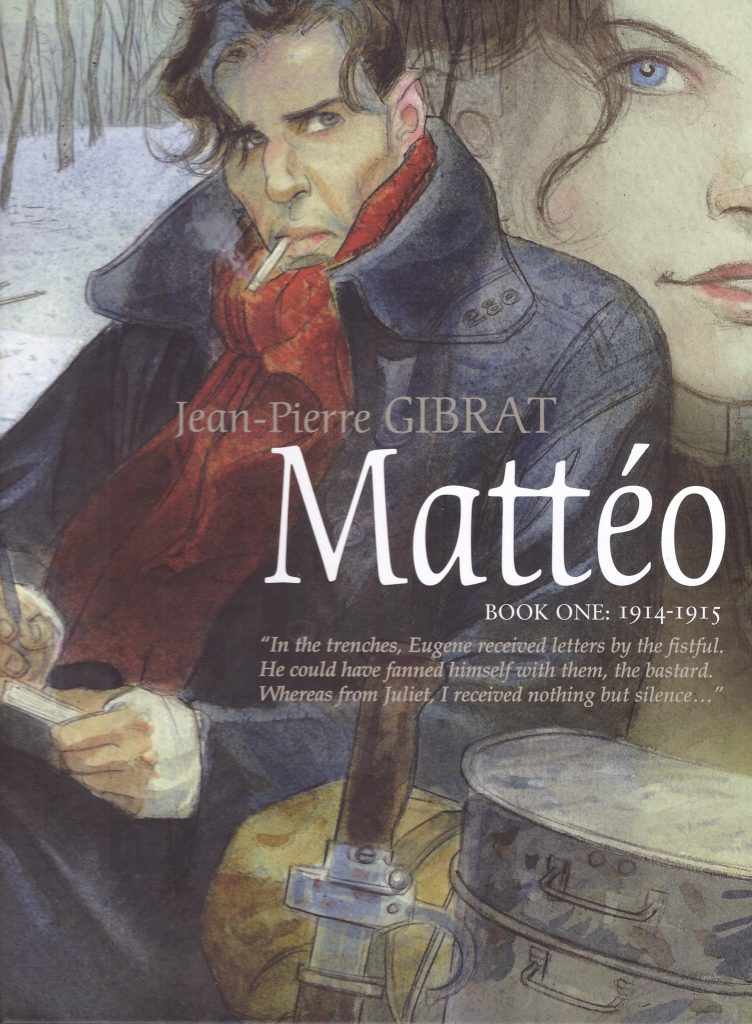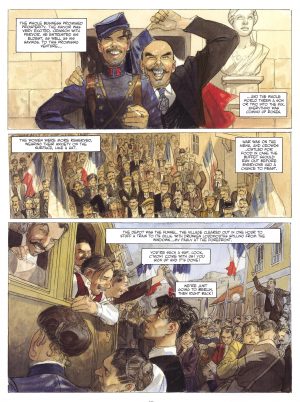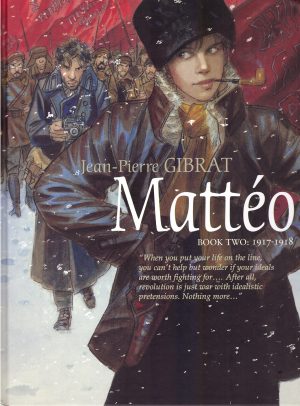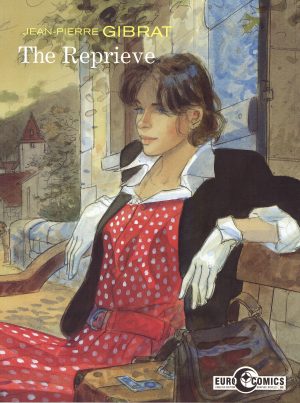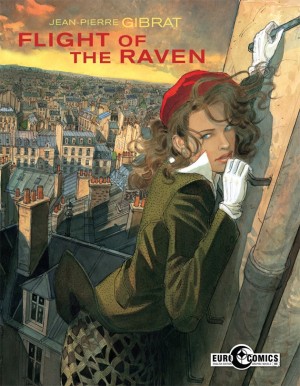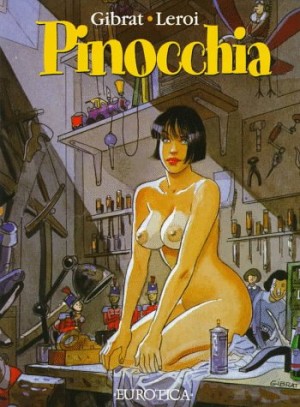Review by Frank Plowright
At four volumes that took him a decade to complete, Mattéo is the most ambitious work to date from Jean-Pierre Gibrat, following Mattéo Cortes from his youth in a French coastal village in 1914 when war is about to break out, to 1936, when Europe once again approaches war.
Mattéo’s family fled Spain for France in a small boat after his father’s anarchist activities drew unwanted attention. He’s employed on the local landowner’s estate, and his nationality exempts him from conscription in the French army, but influenced by the patriotism of his first love Juliet he decides to enlist voluntarily, ignoring his friend’s letters from the front painting a true picture of the horrors.
The beautiful technique of Gibrat’s art, visible to anyone opening the book, perhaps diminishes an even greater creative strength, that of producing a thoroughly immersive life for his characters. As in The Reprieve and Flight of the Raven, Mattéo lives in times of upheaval, but the microcosm of his personal world is so beautifully constructed through numerous small touches. Mattéo’s mother insists on keeping their boat painted in case his long absent father returns; Mattéo is oblivious to Juliet’s self-serving nature, and he views his trainee pilot rival in terms of a bird always flying above to taunt him. Many more details merge seamlessly to given a complete picture of a smart guy limited by lack of opportunities.
Even more so than earlier works, Gibrat is scathing about war. He begins with what seems to be a bloodstained newspaper announcing the killing of France’s leading socialist, a fervent anti-war campaigner, contrasted several pages later by the tragically misguided village mayor representing the anticipation of rapid victory when hostilities break out. The depiction of injuries is graphic, along with the circumstances in which they occur, often due to ignorant officers working out petty grievances. While Mattéo hardly goes in with eyes closed, any remaining thoughts of romantic glory are rapidly excised by Gibrat’s horrific painting of trench warfare.
Gibrat loosens the elegant precision of earlier works to present sketchier characters, equally rich in personality, but less defined. Bewitching young women remain a speciality, although now in some panels with curiously long necks, and much appreciated is the time taken to draw the ephemera providing locations with a feeling of reality. A passing early scene is set in the local post office, a place never seen again, yet Gibrat gives a sense of a working environment by including the partitioned shelving, loose envelopes, rubber stamps and wire trays.
This is more introspective and downbeat than Gibrat’s earlier work, but while just the opening stages of Mattéo’s long journey, there’s already a compulsive narrative about a brooding protagonist not always likeable, but compelling. In Book Two Mattéo sees out 1915, beginning in Spain.
